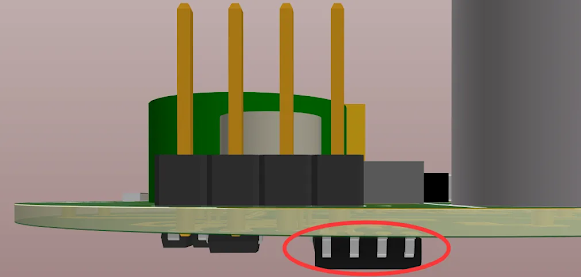Easily identify the various components on the board, read this one!
Circuit boards are an indispensable part of electronic products, and the components on them are their basic building blocks. For beginners or those interested in electronics, it is essential to recognize and understand the components on a circuit board. In the following, we will introduce the types of components, marking and identification methods in detail.
I. Types of Components
There are a wide variety of components on a circuit board, but they can be divided into the following main categories:
Resistors: Components used to limit current, usually to divide voltage or limit current. Resistors are usually indicated on the circuit board by a color ring or a number to indicate their resistance value.
Capacitors: Used to store electrical energy and can play a role in the circuit such as filtering and coupling. Capacitors on the circuit board usually include capacity value, withstand voltage value.
Inductors: mainly used for filtering, oscillation, delay, trapping and other circuits, commonly known as "DC, AC resistance". Inductors are usually labeled with parameters such as inductance and error.
Diodes and transistors: Diodes have unidirectional conductivity, and transistors are used to amplify or switch currents. They usually have distinct positive and negative terminals or three pins (for transistors) on the circuit board.
Integrated Circuit (IC): Multiple electronic components are integrated on a single piece of silicon to accomplish a certain circuit function.ICs usually have multiple pins, each with its own specific function.
II. Marking of components
Components on circuit boards usually have corresponding markings that provide important information about the component, such as model number, specifications, and manufacturer. For passive components such as resistors, capacitors and inductors, their markings are usually printed directly on the component body, indicating their parameter values through color rings or numbers. For active components such as diodes, transistors, and ICs, on the other hand, they may have the manufacturer's marking in addition to the model number and specifications.
III. Component Identification Methods
Identification by Appearance: Different components vary in appearance, for example, resistors are usually cylindrical, capacitors may have different shapes and colors, and ICs are usually a small black or brown square block.
Identification by markings: As mentioned earlier, components usually have markings on them to provide information about their parameters and specifications. Learning to read these markings is the key to identifying components.
Identify by wiring diagram: Wiring diagrams usually detail the type and parameters of each component, making it easier to identify components on a circuit board by comparing them to the wiring diagram.
Use of professional tools: test tools such as multimeters can help detect the performance and parameters of components, thus assisting in identification.







Comments
Post a Comment